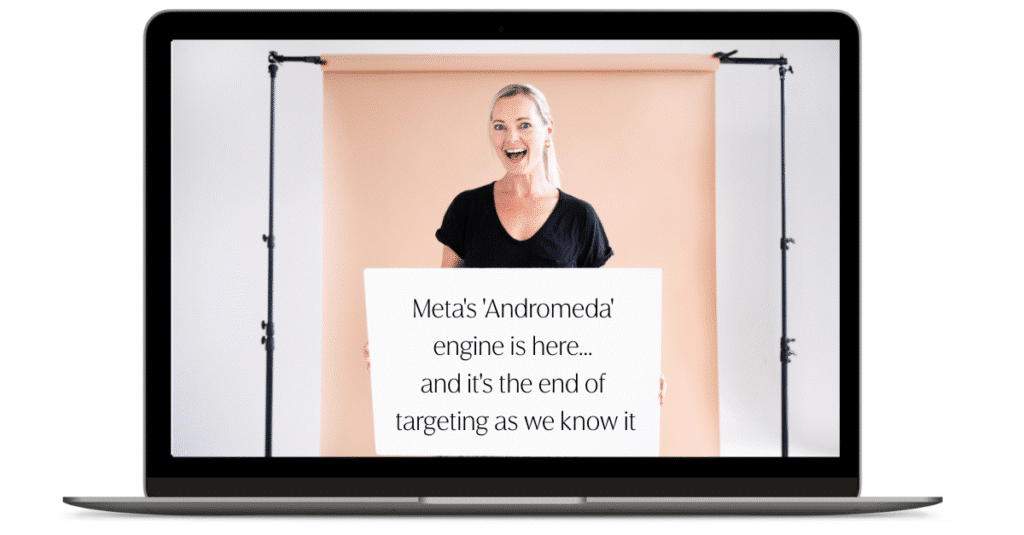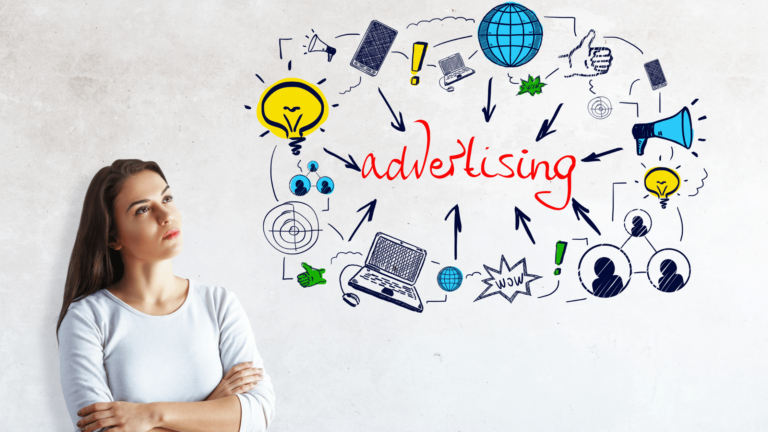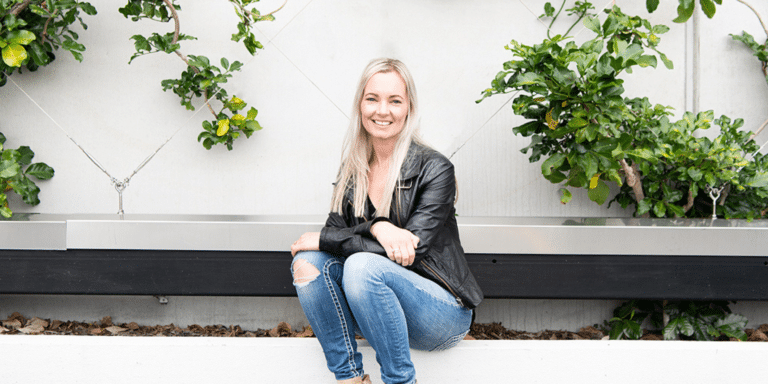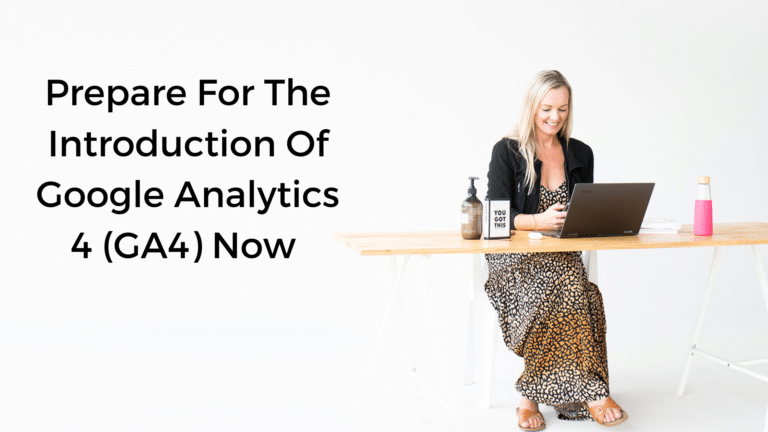Meta’s ‘Andromeda’ engine is here and it’s the end of targeting as we know it

If you’ve been in the Meta advertising trenches over the past few months, you’ve likely felt it. Once stable manual campaigns have begun performing erratically, costs are volatile (sheesh September!), and Meta’s reps are relentlessly pushing one thing now: Advantage+.
What you may not know is the name of the powerful new engine making this all happen: Andromeda.
Andromeda isn’t a new campaign button. It’s a fundamental, next-generation AI “ad retrieval engine” replacing the old ad delivery system. Its job is now all about working behind the scenes to process billions of signals and tens of millions of creative variations in milliseconds to find the single most relevant ad for a user at that exact moment.
This is not a simple update, its being discussed as one of the biggest changes since the iOS14 rollout threw us a big curve ball. Meta is officially shifting the core work of advertising from human-controlled audience targeting to AI-driven creative intelligence.
The shift: from manual control to AI trust
To understand where we’re going, let’s remember where we were.
- The Old Way (The ‘Mad Scientist’ Era): We were praised for our complexity. We built intricate funnels with separate campaigns for prospecting, retargeting, and re-engagement. We might had multiple ad sets, each testing a hyper-specific audience: “Women 25-34 in Auckland who like Yoga AND Lululemon,” “Men 35-44 in Wellington who are ‘Engaged Shoppers’,” and a lookalike of our email list. Our job was to be a “spreadsheet advertiser,” manually moving budget between ad sets.
- The New Way (The ‘Creative Director’ Era): Andromeda makes this old structure obsolete. In fact, it’s now counterproductive. This new AI engine wants all your data in one place. It wants you to consolidate.
Under the new model, primarily through Advantage+ Shopping Campaigns (ASC), the structure is radically simple:
- One Campaign.
- One “Ad Set” (or very few)
- One Broad Audience (you simply provide your country—New Zealand—and upload your existing customer data as a suggestion, not a hard rule).
- All Your Creative.
You are no longer telling Meta who to find. You are giving Meta your ads and saying, “Here are 10 different ways to connect audiences with my product or service. You have all the data. Go find the right person for the right message.”
Your creative is now your targeting
This is the single most important takeaway. Your creative is now your MOST important targeting lever.
Andromeda’s AI is now so sophisticated that it can differentiate between a user who will respond to a testimonial video versus one who will respond to a 20% off static image.
Now you will be testing angles:
- Ad 1 (Social Proof): A user-generated content (UGC) video of a Kiwi customer loving your product/service.
- Ad 2 (Problem/Solution): A short Reel showing the “before” (the problem) and “after” (your product/service as the solution).
- Ad 3 (Value): A clean, simple image focused on a price point, free shipping, or a bundle deal.
The AI will then take these, find the right person for each, and allocate budget accordingly. The advertiser who provides the most diverse, high-quality creative “food” for the algorithm will win.
The big problem: what about the dreaded “learning phase”?
For years, we’ve had the “Learning Phase” hampering us, requiring a minimum amount of around 50 optimisation events (e.g. purchases) per week to exit the learning phase and perform stably.
For a small New Zealand business, this has always been a nightmare.
If you’re selling a $300 product or operating in a very small niche, getting 50 purchases per ad set in a market of 5 million people is nearly impossible. You’re left in a long term state of “Learning Limited,” with volatile costs and no stability.
So, how can this new consolidated AI model possibly work if we can’t feed it quickly the data it needs?
This is where the good news comes in.
Why Andromeda changes the “Learning” game for Kiwi SMEs
The 50-conversion rule is a relic of the old system. The new Andromeda engine learns in a completely different way, and it’s a game-changer for smaller markets.
- The threshold appears to have already dropped: First, anecdotal evidence and reports from many advertisers suggest Meta has already adjusted the threshold. The new target for stable learning appears now to be closer to 10-15 conversions over three days, a much more achievable target for an NZ business.
- It learns from “micro-signals”: The old system relied almost entirely on your final conversion (the “Purchase”). Andromeda now learns from everything. It analyses scroll speed, time spent watching a video, cursor movements, and engagement patterns. It learns from these “micro-signals” to build a predictive model, meaning it now doesn’t need 50 conversions to figure out who a buyer is.
- It learns from everyone: Andromeda leverages insights from millions of other advertisers. It already knows the patterns of a “likely purchaser” in New Zealand before you even spend your first dollar. Your campaign is just tapping into that massive, pre-existing data pool.
By consolidating your campaigns, you stop fragmenting your data. Every “Add to Cart,” “Initiate Checkout,” and “Purchase” from your entire budget feeds one single, powerful AI brain. This allows it to learn faster and more efficiently, even with lower conversion volume.
 Your new playbook: 4 steps for NZ Businesses TO CONSIDER in the Andromeda era
Your new playbook: 4 steps for NZ Businesses TO CONSIDER in the Andromeda era
This shift is happening now. Here is what you need to consider.
- Consolidation & trust: It’s time to let go of control. Pause those granular ad sets. Combine your prospecting and retargeting into a single Campaign. Yes, it’s scary, but you’re now handicapping the AI by siloing your data and if your campaign results have been going sideways anyway – what is there to lose by giving this approach a try now?
- Invest in creative diversity: Your advertising budget is now your creative budget. Stop testing 10 audiences. Start testing 5 different concepts. Your new job is creative strategy. Ask: “What are the 5 different reasons someone buys my product or service?” and make an ad for each.
- Optimise for the right signal: If you genuinely can’t get 10-15 purchases a week, you’re not out of the game. Give the AI more data to work with by optimising for a higher-funnel (but still high-intent) event, like “Add to Cart” or “Initiate Checkout.” This will feed the AI hundreds of signals a week instead of a handful.
- Fix your foundation (this one is non-negotiable): The AI is only as smart as the data you give it. In this new landscape, having a perfectly installed Meta Pixel AND Conversions API (CAPI) is no longer optional. It is the cost of entry. This “server-side” tracking ensures Meta gets the cleanest possible data, making your AI-driven campaigns infinitely smarter.
This new era is an opportunity for small businesses and results are going to come to the businesses that make the effort to understand their customers, trust the AI, and communicate their value in more creative, authentic, and diverse ways.
Need some help with getting your tracking ship-shape or in developing creative angles that speak to your audiences through their decision making journey? Get in touch with us!






